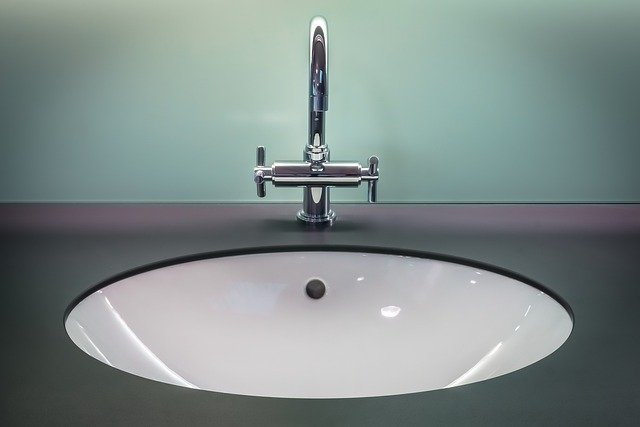Revealing Brighter Skin: Benefits of Laser Therapy
Discover how laser skin treatment can refresh your complexion and tackle common concerns like wrinkles, sunspots, acne scarring, uneven tone, and unwanted hair. Learn how focused light stimulates collagen, the types of lasers available, typical session expectations, risks, and how to pick a qualified clinic. This guide helps you decide if laser therapy is right for your skin rejuvenation goals.

Laser skin treatment uses concentrated light energy to improve the look and health of skin, addressing a wide range of cosmetic concerns. Modern laser systems either create controlled micro-injuries to provoke the skin’s natural repair and collagen production or selectively target pigments and blood vessels to reduce spots, redness, and unwanted hair. Because the technology continues to advance, there are solutions suitable for many skin types and goals when performed by a trained professional.
How laser treatments work
Lasers deliver energy at specific wavelengths that interact with skin chromophores—melanin, hemoglobin, or water—depending on the device and objective. Ablative lasers (such as CO2 or erbium) remove outer layers of skin and are effective for deep wrinkles and severe scarring. Non-ablative and fractional lasers create microscopic zones of thermal injury while leaving surrounding tissue intact; this stimulates collagen remodeling with shorter recovery times. Intense Pulsed Light (IPL) and certain pigment-targeting devices disperse light over broader areas to address sun damage and hyperpigmentation. Vascular lasers, including pulsed dye and Nd:YAG variants, target blood vessels to reduce redness and rosacea. Choosing the right laser depends on the specific concern, skin tone, and downtime tolerance.
What skin concerns can laser treatment address?
Laser therapy is versatile and can improve many issues, including:
- Fine lines and deeper wrinkles
- Sun damage and age spots (hyperpigmentation)
- Acne scars and other indented scars
- Uneven skin tone and rough texture
- Enlarged pores
- Persistent redness and rosacea
- Unwanted facial or body hair
A consultation with an experienced practitioner helps determine which device and protocol best match your needs.
What to expect during a session
Appointments usually begin with a cleansing of the treatment area and a review of medical history and expectations. For more intensive procedures, topical anesthetic may be applied 20–60 minutes beforehand to reduce discomfort. During the treatment, a handheld device is passed over the skin while pulses of light are delivered; sensations range from warmth to snapping or mild stinging, depending on the laser. Sessions can last from about 15 minutes for small areas to an hour or more for larger or multiple zones. Afterward, treated skin may look sunburned and feel tender—redness and mild swelling are common and typically fade within hours to several days.
How many sessions are usually needed?
Results and session counts vary by condition and laser type. Some people notice improvement after one treatment, but most protocols call for a series of sessions spaced several weeks apart to achieve and maintain optimal results. Examples include:
- Fine lines and general skin rejuvenation: commonly 3–6 treatments, spaced 4–6 weeks apart.
- Pigmentation and sun damage: often 3–5 sessions, depending on severity.
- Deep acne scarring: may require additional treatments or combination therapies over several months.
- Hair removal: multiple sessions spaced 4–8 weeks apart to catch hairs in different growth cycles.
Your provider will offer a tailored plan based on your skin and goals.
Risks, side effects, and aftercare
When performed by qualified clinicians, laser procedures are generally safe, but potential side effects include:
- Temporary redness and swelling
- Mild discomfort or heightened sensitivity
- Pigmentation changes (hypo- or hyperpigmentation), usually temporary but occasionally long-lasting
- Risk of infection or scarring if aftercare is neglected (rare with proper precautions)
Aftercare often includes gentle cleansing, sun avoidance and sunscreen, and following any topical or oral recommendations from your provider. Avoiding direct sun exposure and using broad-spectrum SPF are essential to minimize pigmentation issues and protect healing skin.
| Laser Treatment Type | Common Uses | Average Cost Range |
|---|---|---|
| Fractional CO2 Laser | Deep wrinkles, severe scars | $1,000 - $2,500 per session |
| IPL (Intense Pulsed Light) | Sun damage, uneven pigmentation | $300 - $600 per session |
| Erbium Laser | Fine lines, skin resurfacing, texture | $1,500 - $2,500 per session |
| Nd:YAG Laser | Hair reduction, vascular lesions | $200 - $800 per session |
| Pulsed Dye Laser | Redness, rosacea, broken capillaries | $300 - $700 per session |
Prices, rates, or cost estimates mentioned in this article are based on the latest available information but may change over time. Independent research is advised before making financial decisions.
How to choose the right clinic
Selecting a reputable provider is crucial for safety and results. Consider these factors when researching clinics:
- Credentials and experience of the practitioner, including board certifications and laser-specific training
- Range of laser technologies available and whether they offer options suitable for your skin type
- Before-and-after galleries and case studies relevant to your concern
- Patient reviews and testimonials that speak to outcomes and staff professionalism
- Cleanliness and the clinic’s adherence to safety protocols
- Transparency about cost, expected number of sessions, and realistic outcomes
Schedule consultations with a few clinics to compare recommendations and to ensure you feel comfortable with the proposed plan and the practitioner’s approach.
Laser skin treatments can deliver meaningful improvements in texture, tone, and scars, but they require realistic expectations, proper provider selection, and adherence to aftercare. A personalized plan from a licensed professional will give you the best chance of safe, lasting results.
This article is for informational purposes only and should not be considered medical advice. Please consult a qualified healthcare professional for personalized guidance and treatment.





